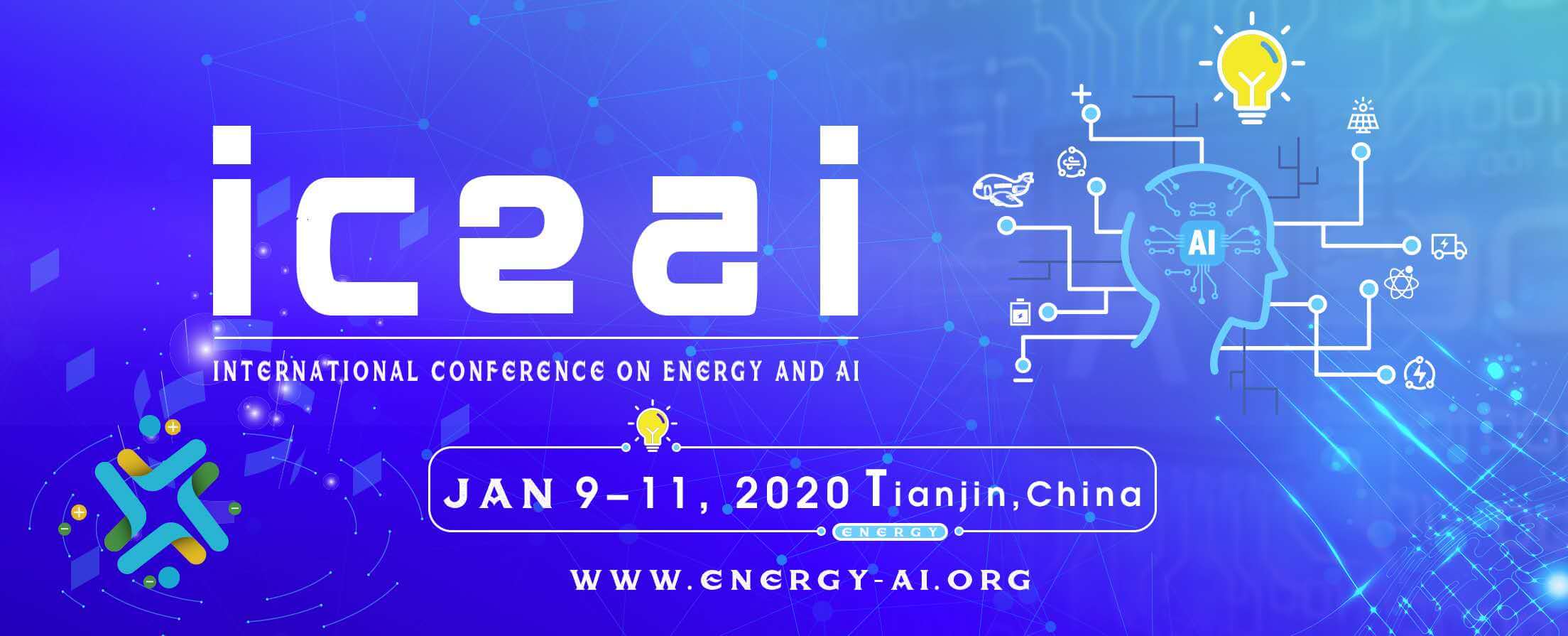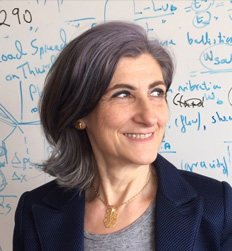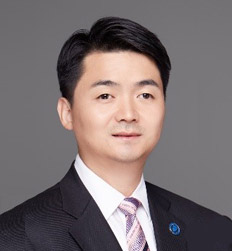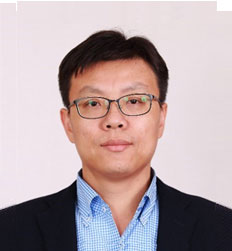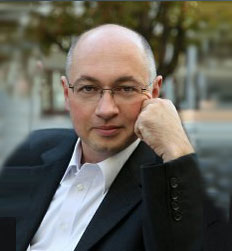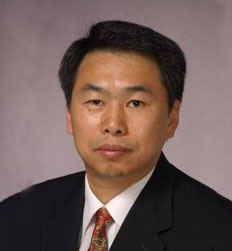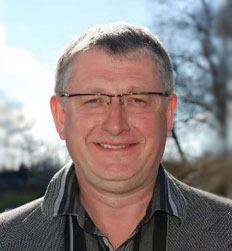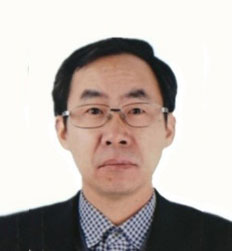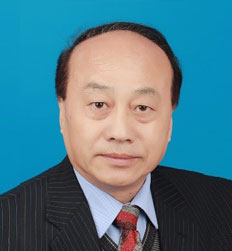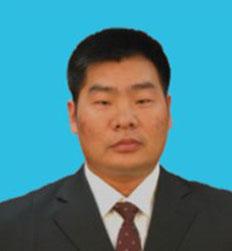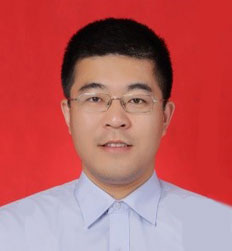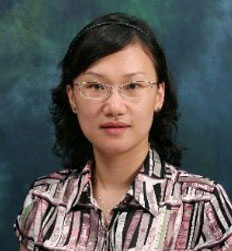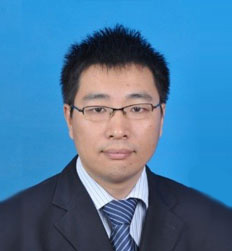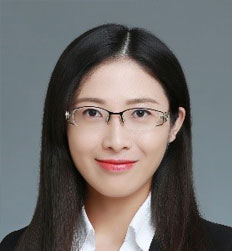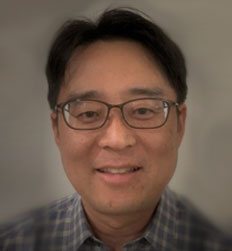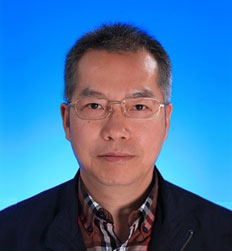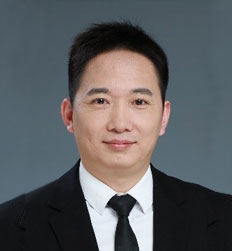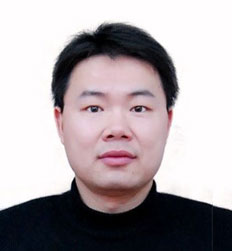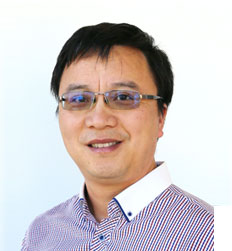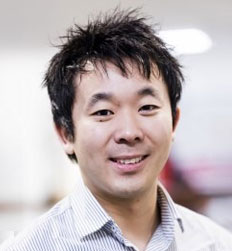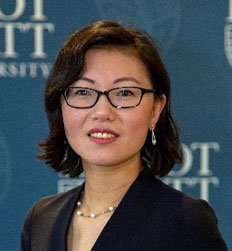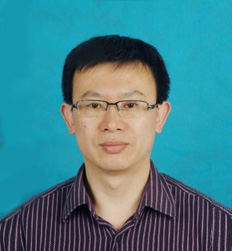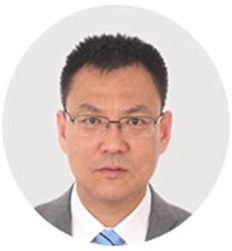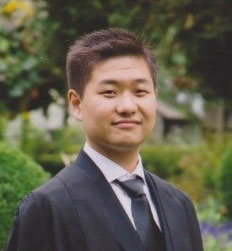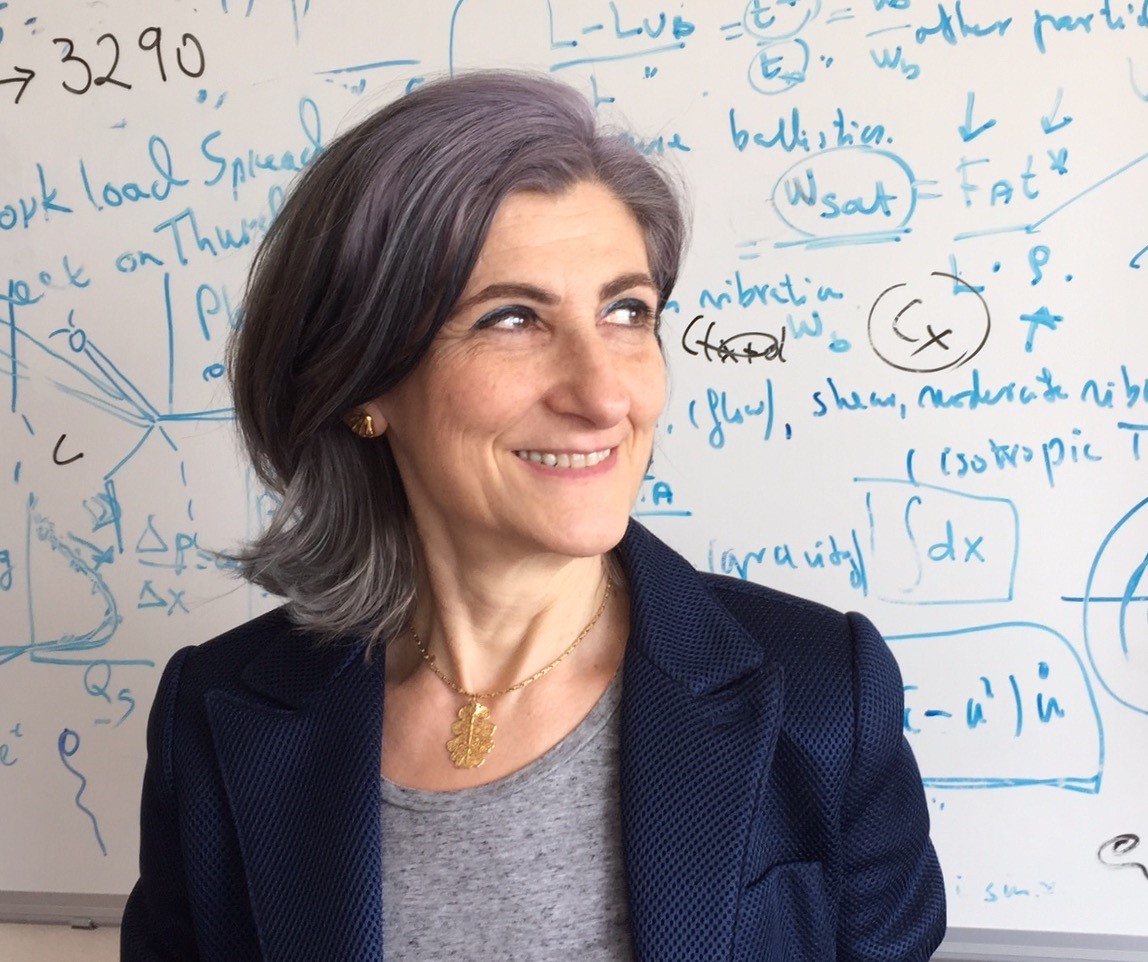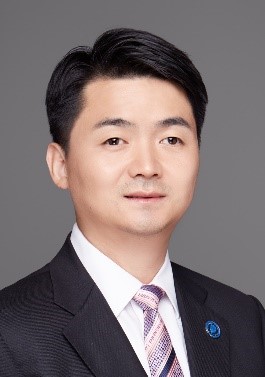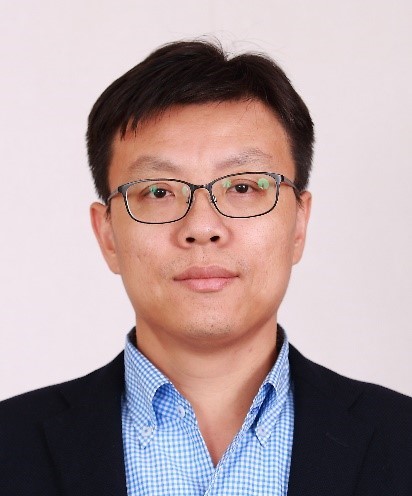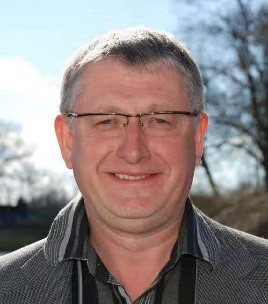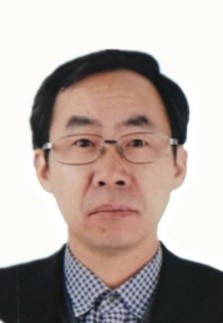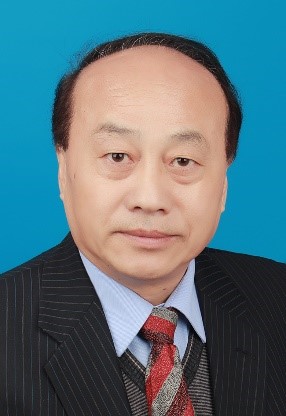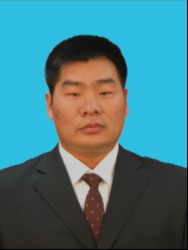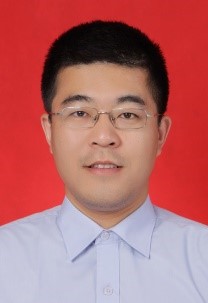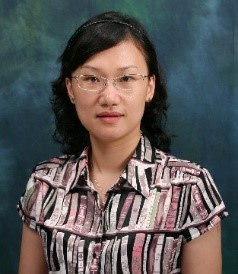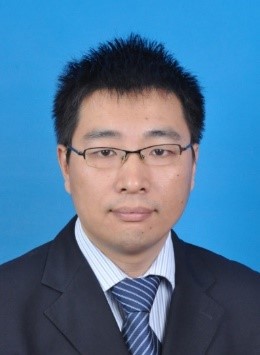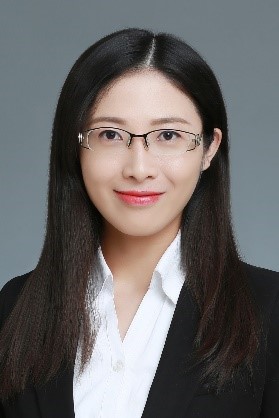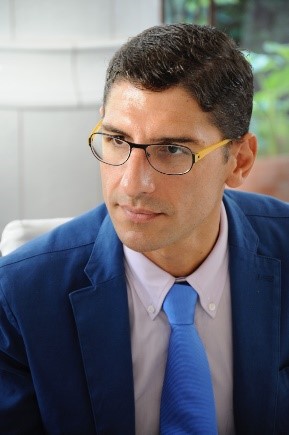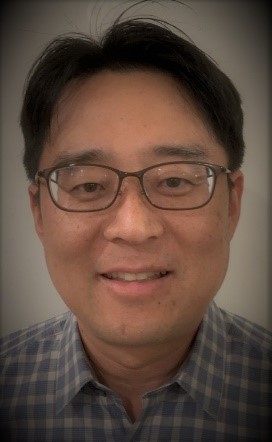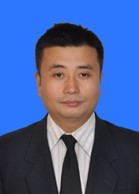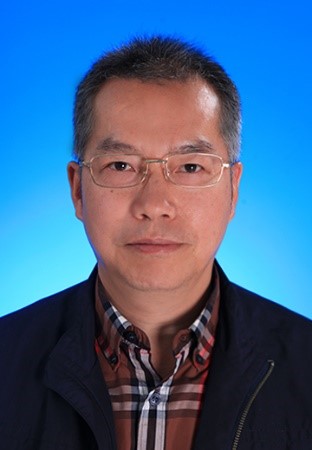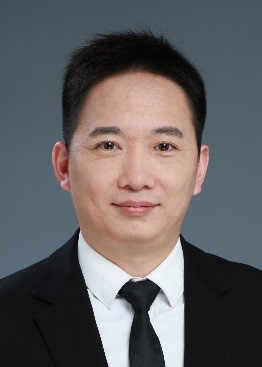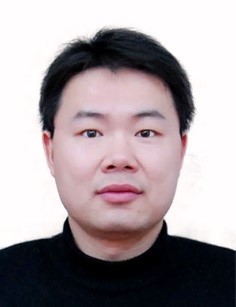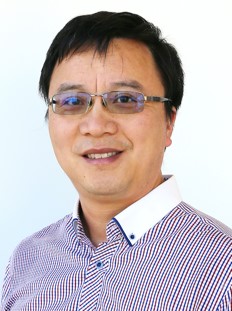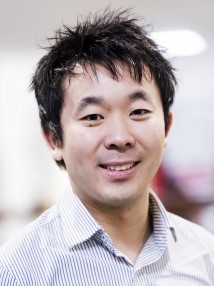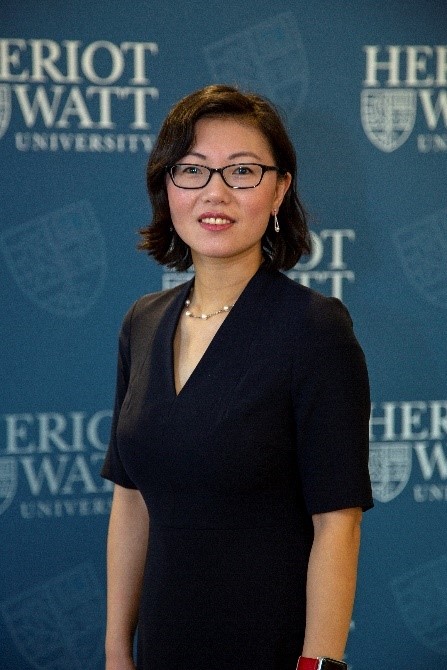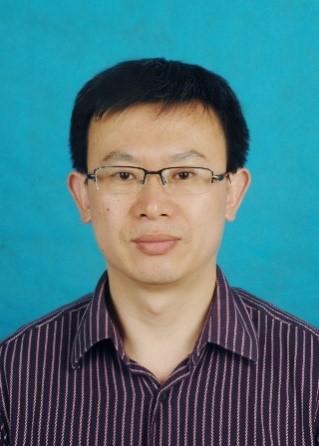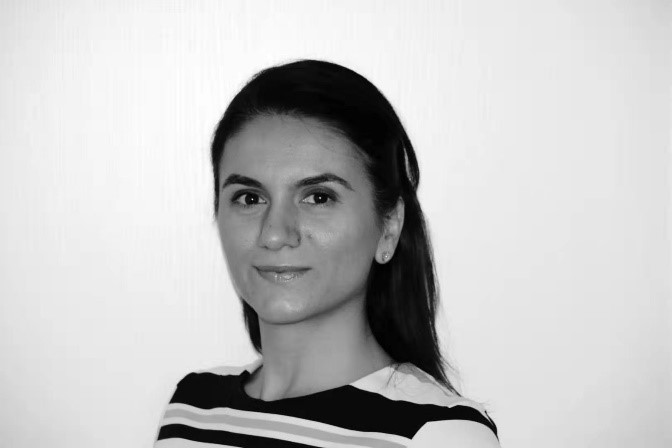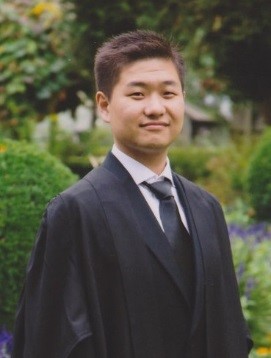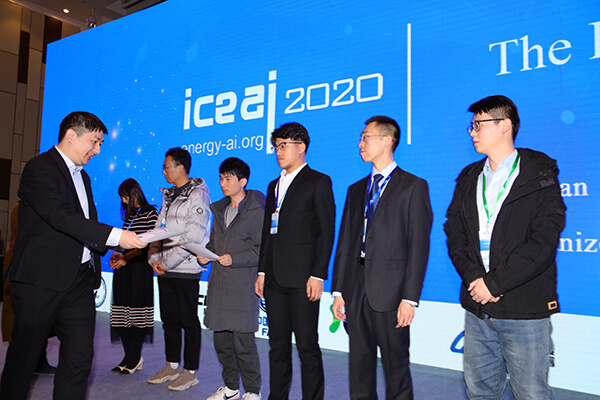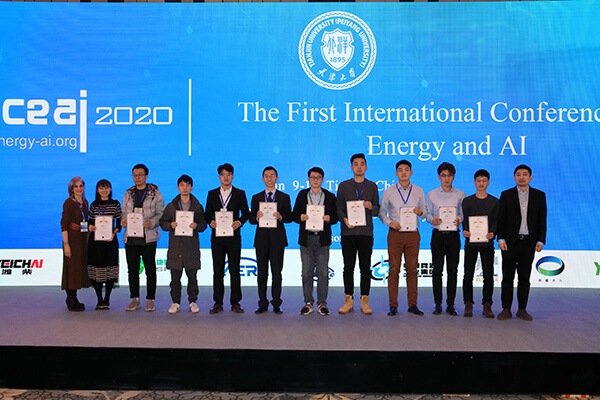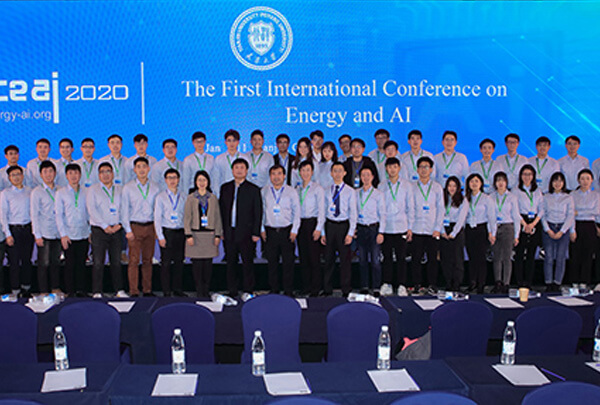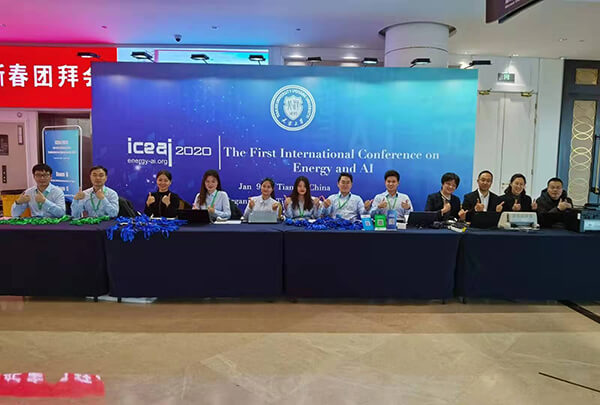1. Tianjin South Railway Station
It is about 3.1 kilometers away from the conference venue, about 10 minutes by taxi, and the fare is about RMB 10.
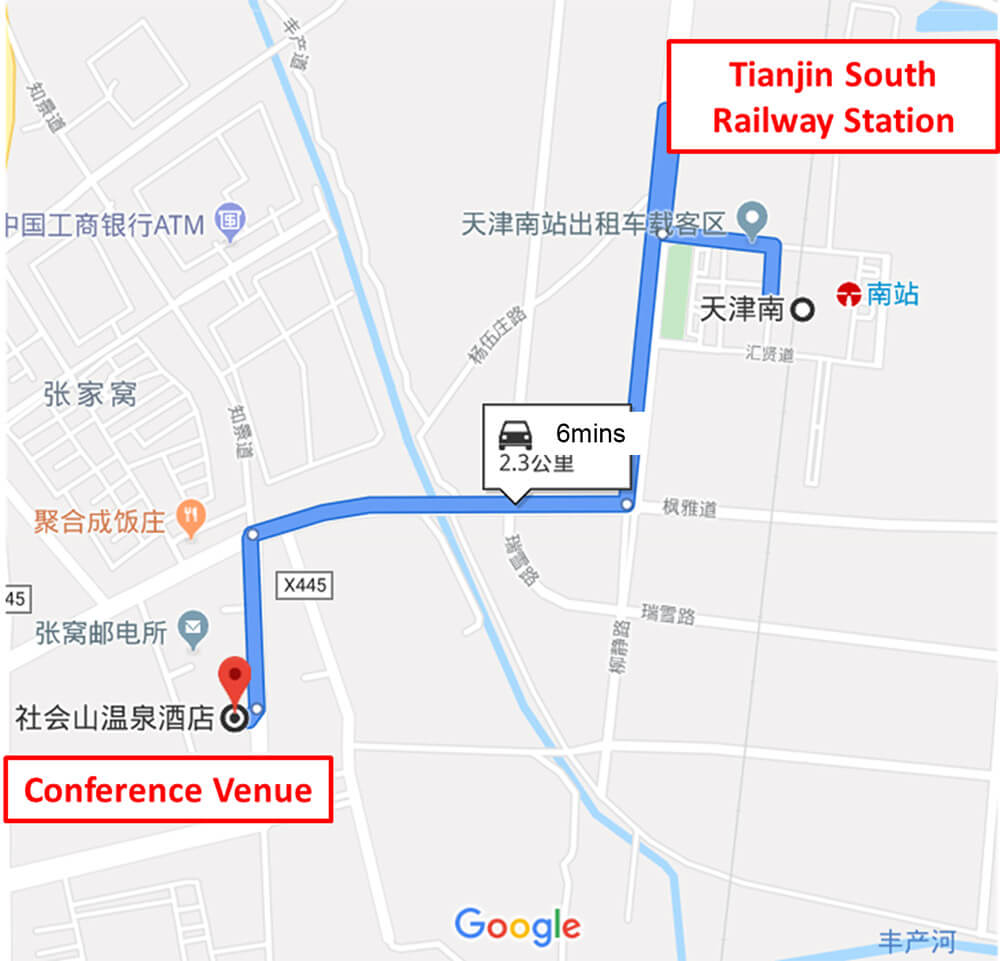 Taxi: 3.7km, about 11RMB, 9minutes.
Taxi: 3.7km, about 11RMB, 9minutes.
• Route 1: By bus (3.1 km, about 15 minutes) : From Exit West 2 of Tianjin South Railway Station, walk 100 meters straight along Huiren Road to Tianjin South Railway Bus Station, take Bus No.758 (The Sixth Port Direction) to Society Hill Square Station (2 stops), walk 150 meters straight along Zhijing Road to Society Hill Hotel.
• Route 2: By bus (3.1 km, about 20 minutes): From Exit West 2 of Tianjin South Railway Station, walk 100 meters straight along Huiren Road to Tianjin South Railway Bus Station, take Bus No. 312 or No. 674 to Societyl Hill Center Station (1 stop), walk 110 meters straight ahead, turn left to enter Zhijing Road, walk 310 meters straight to Society Hill Hotel.
• Route 3: By walk (1.6 km, about 23 minutes): From Exit West 2 of Tianjin South Railway Station, go straight south for 140 meters, turn right into Huixian Road, turn left into Liujing Road for 220 meters, turn right into Fengya Road for 290 meters, turn left into Zhijing Road for 690 meters, and go straight to Society Hill Hotel for 310 meters.
2. Tianjin Station
It is about 24 kilometers away from the conference venue, about 56 minutes by taxi, and the fare is about RMB 70.
• Recommended route: Metro-Bus (20.6km, about 63 minutes): take Metro line 3 at Tianjin Station (Tianjin South Station Direction) and get off at Tianjin South Station (15 stops). From Exit B, go straight along Huiren Road for 200 meters to Tianjin South Railway Bus Station. Please refer to Tianjin South Station for follow-up.
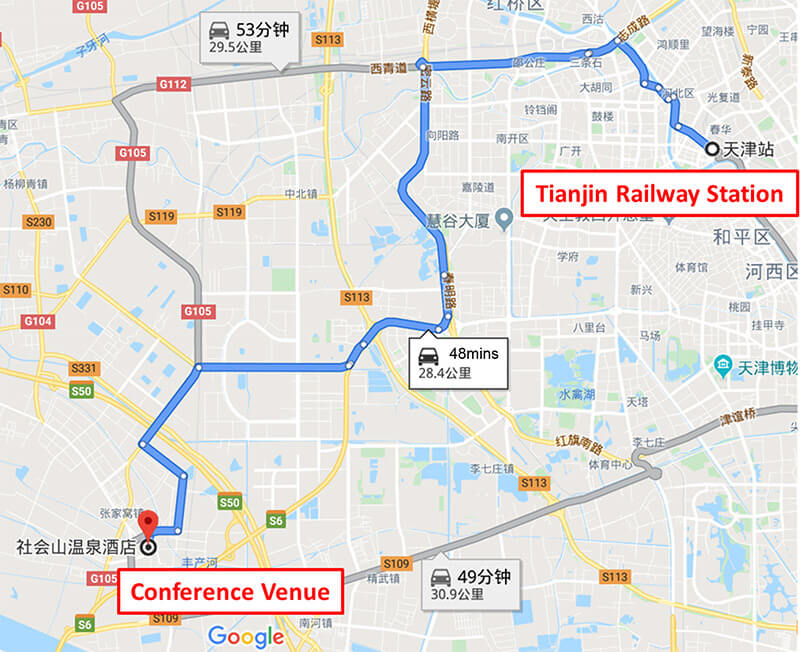 Taxi: 23km, about 55RMB, 50minutes.
Taxi: 23km, about 55RMB, 50minutes.
3. Tianjin West Railway Station
It is about 24 kilometers away from the conference venue, about 41 minutes by taxi, and the fare is about RMB 56.
• Recommended route: Metro-Bus (20.1 kilometers, about 65 minutes) : take Metro line 6 in Tianjin West Railway Station (Merlin Road Direction) to the Red Flag South Road Station (8 stops), internal transfer to Metro line 3 (Tianjin South Station Direction) and get off at Tianjin South Station (7 stops). From Exit B, go straight along Huiren Road for 200 meters to Tianjin South Railway Bus Station. Please refer to Tianjin South Station for follow-up.
 Taxi: 23.6km, about56RMB, 39minutes.
Taxi: 23.6km, about56RMB, 39minutes.
4. Binhai International Airport
It is about 42 kilometers away from the conference venue, about 61 minutes by taxi, and the fare is about RMB 103.
• Recommended route: Metro-Bus (37.5 kilometers, about 90 minutes) : take Metro line 2 at Binhai International Airport Station (Cao Zhuang Direction) to Tianjin Railway Station (9 stops), internal transfer to Metro line 3 (Tianjin South Station Direction) and get off at Tianjin South Station (15 stops). From Exit B, go straight along Huiren Road for 200 meters to Tianjin South Railway Bus Station. Please refer to Tianjin South Station for follow-up.
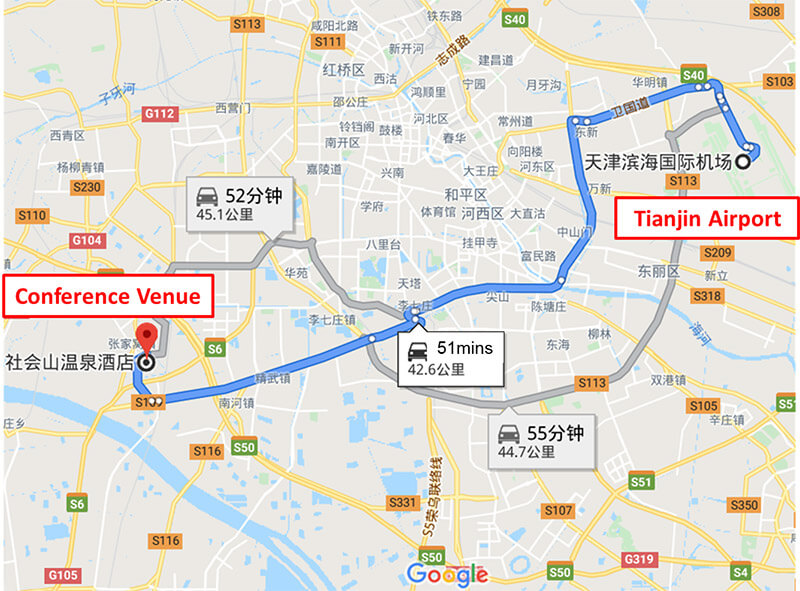 Taxi:42.0km, about 103RMB, 54minutes.
Taxi:42.0km, about 103RMB, 54minutes.
Metro and bus Timetable
• Tianjin Metro line 2: Caozhuang 06:00-22:56, Binhai International Airport 06:00-22:55
• Tianjin Metro line 3: Tianjin South Station 06:00-22:55, Xiaodian 06:00-22:39
• Tianjin Metro line 6: Nansunzhuang 06:00-22:36, Meilin Road 06:00-22:43
• Tianjin Bus No.758: Tianjin South Station 07:00-22:00, The Sixth Port 06:30-19:30
• Tianjin Bus No.674: Tianjin South Station 07:00-21:00, Yangliuqing 06:15-20:15
• Tianjin Bus No.312 (ring road): Tianjin South Station - Tianjin South Station 05:55-22:50


